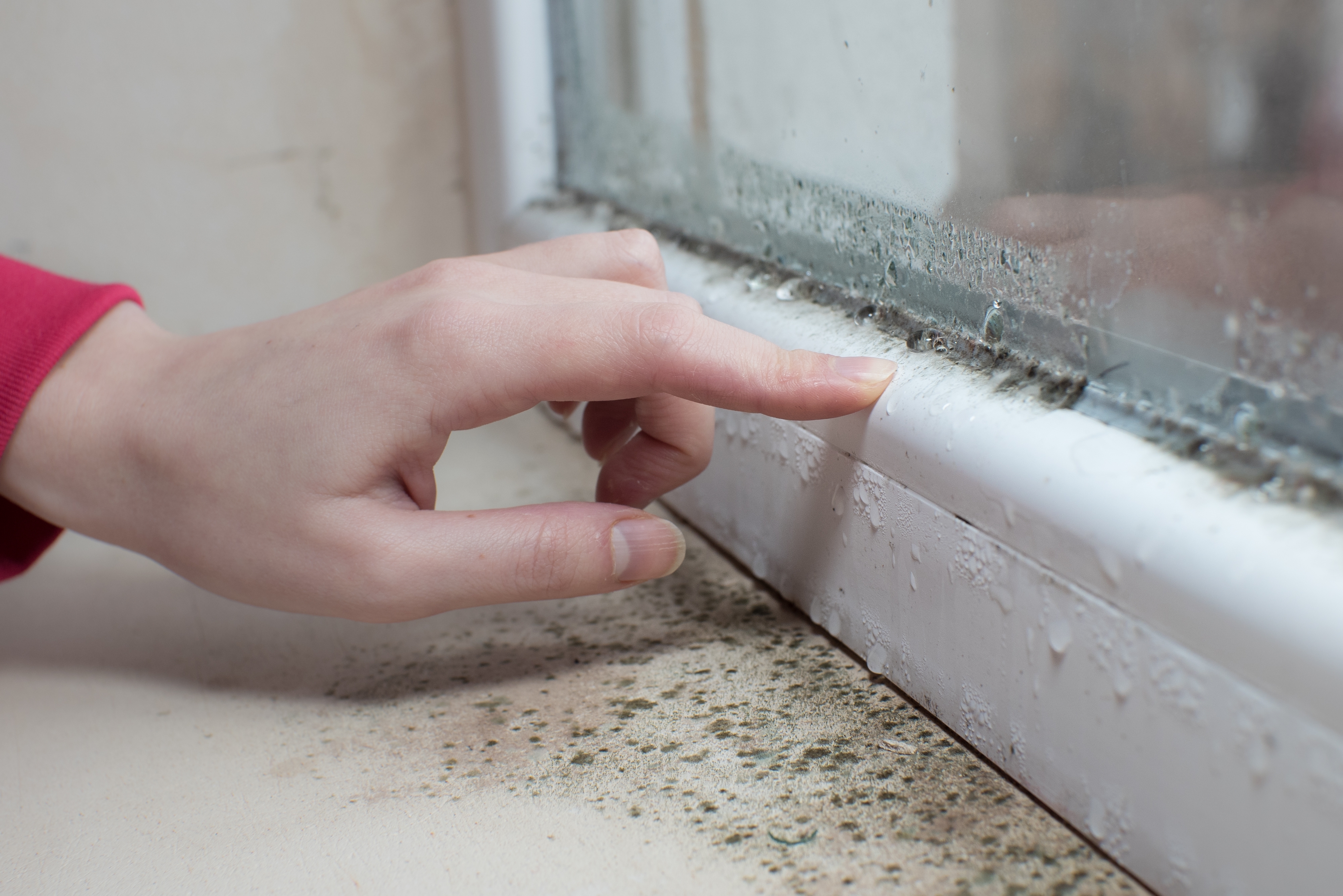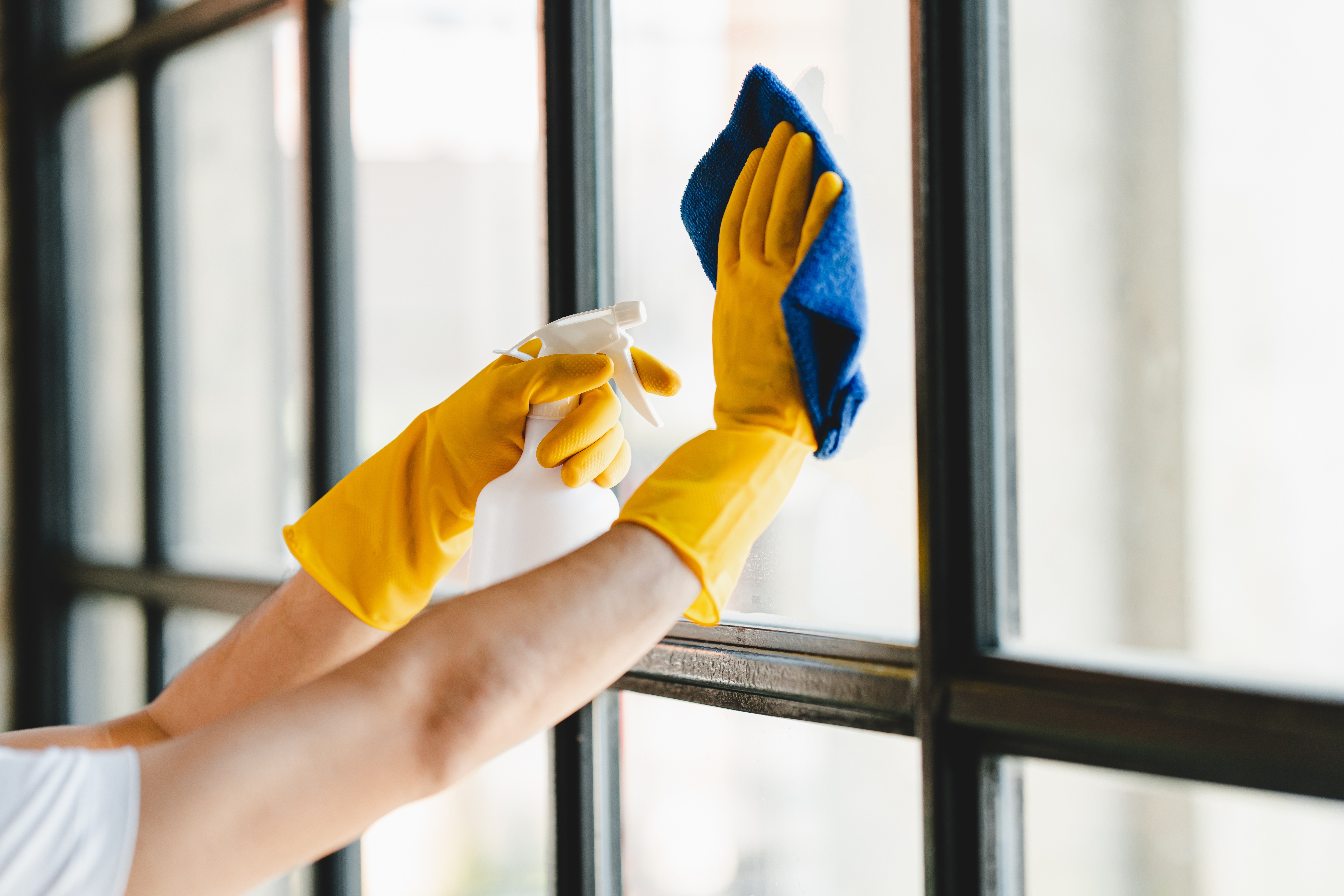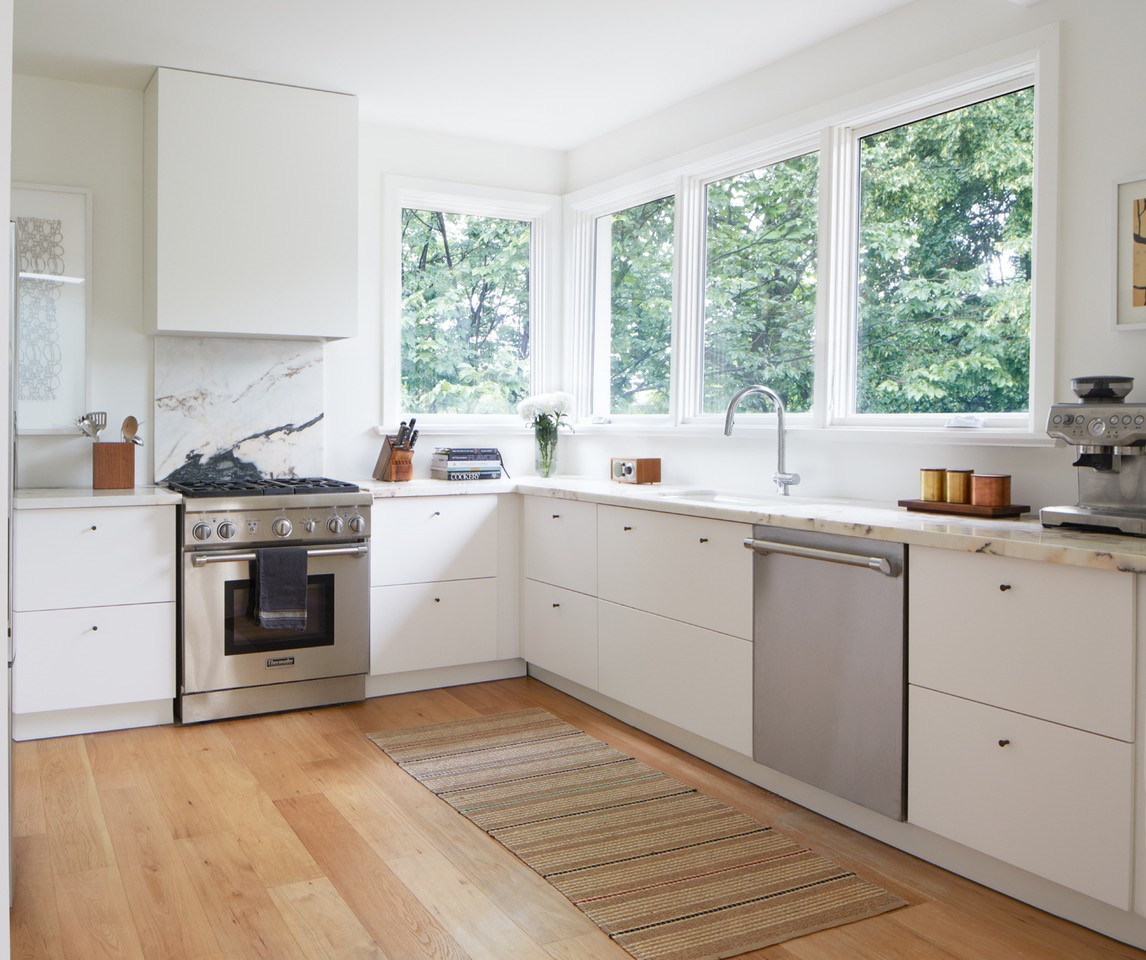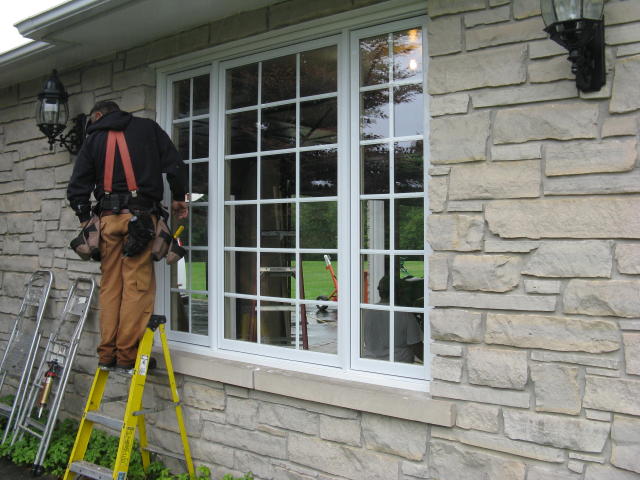Did you know that your windows can account for up to 25 percent of your home's total heat loss? When it comes to investing time and energy in your home, ensuring your windows are in top condition is essential. Windows are an important functional and visual aspect of your home, letting in natural light, providing ventilation, and contributing to your home's overall aesthetic. But when was the last time you gave them a thorough check-up?
Over time, windows can develop issues like drafts, leaks, or broken seals that might not be immediately noticeable. These problems can lead to higher energy costs, decreased comfort, and even structural damage if left unchecked. Regular window inspections are essential for maintaining your home's health and efficiency.
In this guide, we’ll walk you through a step-by-step process to inspect your windows like a professional. We'll cover everything from the tools you'll need to common issues to look for and tips for maintaining your windows.
Whether you're a seasoned DIY enthusiast or a homeowner looking to save, this guide will provide you with the knowledge and resources you need to keep your windows in top shape. Let our quality window manufacturers help you ensure your windows are working as hard as they should be.
Preparing for the Inspection
Before we can discuss the details of an inspection, it’s important to know how to prepare like a professional. With the right tools and some planning, you can conduct a thorough and efficient inspection.
Tools and Materials Needed
Consider inspecting casement windows or whatever window style is in your home with the following tools:
Flashlight: You'll need a flashlight to light up any dark corners and reveal hidden issues.
Screwdriver: A screwdriver helps check the stability of screws and hardware, ensuring everything is tightly secured.
Tape measurer: A tape measure helps verify that your windows fit perfectly within their frames. This is essential for maintaining a good seal and preventing drafts.
Utility Knife: A utility knife can be handy for cutting away old caulk or stubborn weatherstripping.
Sealant or Caulk: Consider having either sealant or caulk on hand to address any minor repairs you may need during your inspection. Apply the sealant or caulk smoothly with a putty knife.
If you’re looking to go the extra mile, a thermal imaging camera can help identify areas of heat loss around your windows, and a moisture meter can find hidden moisture that might not be visible to the naked eye.
Safety Precautions
When it comes to inspecting and replacing windows in the home, safety should always come first. Make sure to wear gloves to protect your hands from sharp edges or broken glass. Safety glasses can also help to shield your eyes from debris. If you are inspecting windows on the upper floors of the home, ensure you have a stable ladder and someone to spot you or hold the ladder in place.
Scheduling the Inspection
Choosing the right time for your inspection can make a big difference. To maintain your windows in a safe environment, aim to conduct your inspection during daylight hours when everything is visible and natural light can help you spot any issues. Wait for dry weather conditions since moisture can make the process more challenging.
Exterior Inspection
Once you have your tools and have chosen a clear inspection day, it’s time to step outside and start your exterior window inspection. This part of the inspection focuses on the outside areas of your windows, which often suffer the most from weather conditions and can show early signs of wear and tear.
Visual Check
Start the process with a thorough visual check. Walk around your home and inspect each window frame and the surrounding area. Look for signs of damage, such as cracks, warping, or rot in the window frames. Pay close attention to the condition of the paint or finish—as peeling paint can indicate moisture problems or aging wood.
Check for any gaps or cracks in the caulking and weatherstripping, which are essential for keeping out drafts and moisture.
Glass Condition
Next, focus on the glass itself. Go over your window panes and look for any cracks, chips, or other damage. Double-pane windows should be inspected for fogging between the panes—this is a sign that the seal has failed and the insulating gas has escaped. It’s important to make sure your window’s glass is intact to maintain its energy efficiency and prevent further damage.
Operational Test
The way your windows open and close is a good indicator of how well they’re operating. They should move smoothly without sticking or resisting. Pay attention to any unusual sounds or movements which could indicate underlying issues with the frame or hardware.
Seal Integrity
Lastly, examine the seals around the glass. The seals should be intact and in good condition, showing no signs of wear or deterioration. Broken seals can lead to energy loss, water intrusion, and reduce the overall comfort of being in your home.
The external inspection process is a proactive measure homeowners can take to help maintain the integrity and efficiency of their windows, ensuring they continue to protect and enhance their homes.
Interior Inspection
After completing the exterior inspection, it's time to move inside. An interior window inspection focuses on the condition of the components you use daily and those that can affect your home's comfort and energy efficiency.
Frame and Sash Condition
Begin by inspecting your window frames and sashes. Look for signs of warping, rot, or damage to the wood or other materials. Pay close attention to the windowsill, which often has hidden issues like rot or water damage. A frame and sash that are properly maintained are essential for the overall functionality and longevity of your windows.
Hardware Check
Next, examine the window hardware. Test the locks, latches, and other moving parts to ensure they operate smoothly and securely. Loose or rusty hardware can compromise the security of your windows and make them difficult to open or close. Tighten any loose screws and consider replacing any parts that are worn out or damaged.
Signs of Moisture
Look for signs of moisture around your windows. Condensation between panes, water stains on the wall or sill, and mould growth can indicate unaddressed moisture issues. If you suspect moisture but can't see obvious signs, use a moisture meter. Addressing moisture problems early can prevent more severe damage and health issues that are often related to mould in the home.

Draft Detection
Drafts can significantly impact your home's energy efficiency, making it harder to maintain a comfortable temperature and increasing your energy bills. Identifying and sealing these drafts can improve your home's insulation and comfort. A draft test to check for air leaks can be performed by holding a lit candle or a smoke pen near the edges of the window and watching for flickers or smoke movement.
Conducting a thorough interior inspection means that you can ensure your windows are not only visually appealing but also functional and efficient.
Identifying Common Issues and Solutions
After you’ve completed a thorough exterior and interior inspection, it’s time to learn more about common issues related to your home’s windows and the solutions that can bring you peace of mind. Addressing these problems right away can prevent further damage and help your home run safely and efficiently.
Common Problems
Several common issues might arise during your inspection. Broken seals are a common problem, especially in double-pane windows. You may notice fogging or condensation between the panes, which reduces the window's insulating properties.
Drafts are another common issue and are typically caused by gaps in the caulking or weatherstripping. Drafty windows can lead to increased energy costs and leave you feeling uncomfortable in your living spaces.
Cracks or chips in the glass are not just a visual concern, but they can also compromise the window’s integrity and insulation. Warping or rotting frames are signs of moisture problems and can lead to more severe structural damage if left unaddressed. At the same time, loose or rusty hardware can affect the security and functionality of your windows.
DIY Fixes
If you experience minor issues with your home’s windows, there are DIY solutions you can experiment with. Re-caulking is a simple and straightforward way to seal gaps and prevent future drafts. Remove the old caulk with a utility knife and apply a fresh, even spread of exterior-grade caulk. Replacing weatherstripping is another easy fix that can improve your home’s energy efficiency.
If you find broken seals within your double-pane windows, it might be necessary to replace the affected pane. Loose hardware can be tightened with a screwdriver, while lubrication products keep hinges and handles operating smoothly.
When to Call a Professional
When it comes down to it, there are certain issues that require professional window manufacturers and industry experts. Extensive rot, significant structural damage, or large cracks in the glass are signs it’s time to replace your windows.
If full replacement is required, contact Golden Windows for a free in-home estimate.
If you have Golden Windows installed in your home and require service on your windows and doors, contact our Service Department to book an appointment: 1-877-293-7850 or fill out a service request form on our website.
At the end of the day, whether you choose DIY solutions or professional help, proactive maintenance is key to keeping your windows operating at their highest levels.
Maintaining Your Windows Post-Inspection
After conducting a detailed inspection and addressing any issues that arise, maintaining your windows is an integral part of the process. This ensures that each window you inspect is able to operate with greater efficiency and longevity. Regular maintenance can prevent future problems and keep your windows looking and functioning like new ones.
Regular Cleaning
Regular cleaning is an essential part of maintaining your windows. Clean the glass with a non-abrasive cleaner and a soft cloth to prevent scratches. For the frames, use mild soap and water together, especially if they're made of wood or vinyl. Avoid harsh chemicals that can damage the finish or weaken the materials.
Cleaning your windows improves visibility and helps you spot potential issues early on.

Seasonal Maintenance
Engaging in seasonal maintenance can help prepare your windows for variable weather conditions known to occur in North American climates. In the spring, check for any damage caused by winter weather, such as cracked caulking or broken seals, and replace or repair as needed.
In the summer, inspect screens for tears and clean them thoroughly. Fall is the perfect time to check for drafts and reapply weatherstripping or caulking to ensure your home stays warm in the winter. During the winter months, ensure that windows are sealed properly and watch for condensation, which can mean there’s a problem with your window’s insulation.
Long-Term Care Tips
When it comes to long-term care, consider applying a protective treatment if you have wooden frames to prevent rot and decay. Ensure there’s proper drainage around your windows by keeping gutters clean and making sure water flows away from your home. Regularly inspect and replace weatherstripping to maintain a tight seal against drafts and moisture.
Use a silicone-based lubricant to ensure all tracks and hinges are operating smoothly and tighten any loose screws and check hardware regularly to keep your windows secure.
By following these practical maintenance tips, it’s easy to keep your windows looking and functioning at their best — and ensure everyone in the home is safe and comfortable year-round.
Work with the Pros at Golden Windows
Golden Windows & Doors is proud to be a leading supplier of quality-made windows for homes across North America. Since 1961, we’ve worked with homeowners and home builders to elevate and enhance their properties using the highest-grade materials and craftsmanship.
As experienced manufacturers and industry leaders, we know how to help our customers make the most of their window investments. From spotting cracks and chips to fixing window leaks, we have the tools and resources to help you save time, money, and keep your family safe and comfortable at home.
When the time comes to replace your current windows, trust our experts to help you make the right choice for your home. Visit one of our three showrooms located in Kitchener, London and Kanata or browse our selection online today.


